Balanites...Sounds like a mineral, eats like a fruit
Actually, I'm only guessing at how it eats. I've never had it or even seen it. And I only know what I read about it in the following article:
African Fruits Could Help Alleviate Hunger and Bolster Rural Development (ScienceDaily)
One rather unfortunate legacy of colonialism (among many) is that Europeans' fruit crops to a great extent displaced the native crops in Africa and, to an extent, South America. North America's mostly held their own (strawberries, raspberries, blackberries, blueberries, cranberries, assorted are all mostly or partly North American in origin--the main fruit native to North America that hasn't hit it big that comes to mind is the Pawpaw) and were exported to the rest of the world themselves, and Asia and Europe had kind of shared a common pool of crop species for centuries. (I don't know enough about the native fruits of Australia to even comment, but I notice there aren't too many Australian species in the supermarket these days...)
The native fruits in Africa and South America are still around, for the most part, some on a small scale and some relatively common in the local market. But because they're unknown in the rest of the world, there's no great market and not that much money in them to prompt further cultivation and research.
Anyway, the linked article was prompted by the completion of the latest book in the Lost Crops of Africa series--Vol. III: Fruits. I read and enjoyed Vol. II: Vegetables, so I expect this to be a quality piece of work. And, because it's from the National Academies Press, the whole book is available online, as is the earlier Lost Crops of the Incas which has some cool info on South American species as well.


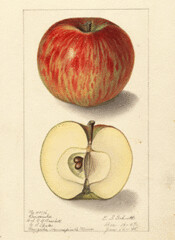
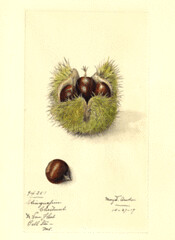
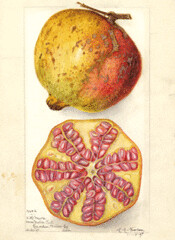
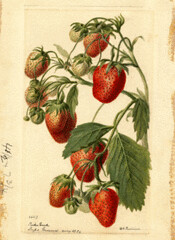
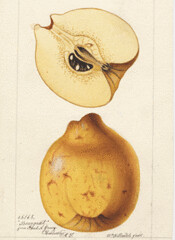



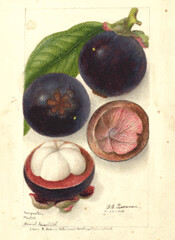
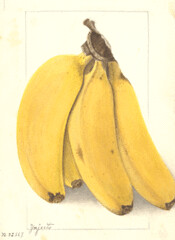

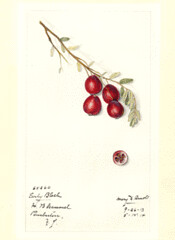
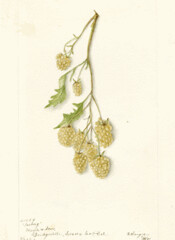
12 Comments:
Wow. This is very timely for me. I have an acquaintance who's doing Peace Corps in Mali. I've sent him the link.
The blog got a hit from Mali this morning, so I think he must have gotten it. (I don't get a ton of traffic from Mali normally, as hard as that may be to believe, so I suspect it's more than a coincidence...)
Yup. I hadn't expected him to have internet access so soon after I'd heard from him but he wrote me saying he found the link useful and would be forwarding it to the project lead there.
Hi
it is a great post and I really appriciate it.
Hi Evil fruit lord,
Nat here, the fruit geek from the Mangosteen video (yes, I admit I'm a fruit geek!). Though I did part of my Ph.D. field work in Mali and I tasted many strange fruits there (a dry crumbly legume vaguely like tamarind Detarium senegalense, caper relatives, and the mango relative Marula used to make South African liquor) I never did get to try the Balanites fruit. I did see this tree several times, but never in fruit, unfortunately.
I love your pink-fleshed etter apple photos. I pick these often in Central Park on edible plant walks and have been trying to figure out what variety they are. Maybe 'Niedwetzkyana' or some other variety propagated by Etter. They're delicious anyway!
Keep up the great fruit blogging! Belem, Brazil was the best place to go to increase the numbers on my life list! ;-)
Oh, and I forgot, if you did get that nice fruit breeding job, want to help me scheme how to cross a cherimoya and a paw paw, and a mangosteen and St. John's Wort (yes, strangely enough, those last two are in the same family)!
I was pretty excited to find a wild Mangosteen relative in Laos last summer:
http://nat.myphotos.cc/fruit/pages/page_39.html
maybe that can start the breeding process.
This won't succeed in actual fact, that is what I believe.
www0702
christian louboutin outlet
ugg boots
michael kors outlet
canada goose outlet
cheap mlb jerseys
birkenstock outlet
canada goose outlet
michael kors
ugg outlet
ray ban sunglasses
qzz0723
prada outlet
canada goose jackets
oakley sunglasses
merrell shoes
fitflops
mulberry outlet
coach outlet online
pacers jerseys
tory burch outlet
jordan 32
yeezy
adidas shoes
vans store
air max 270
golden goose outlet
fake rolex
goyard handbags
lacoste polo shirts
nike hyperdunk
hyperdunks
moncler
louboutin shoes uk
coach outlet sale
curry 5
golden goose sneakers
kd shoes
moncler
nike vapormax
louboutin shoes
nike air max 95
kd shoes
bape clothing
longchamp
yeezys
cheap jordans
supreme outlet
stephen curry shoes
supreme new york
off white shoes
hermes belts
Post a Comment
<< Home